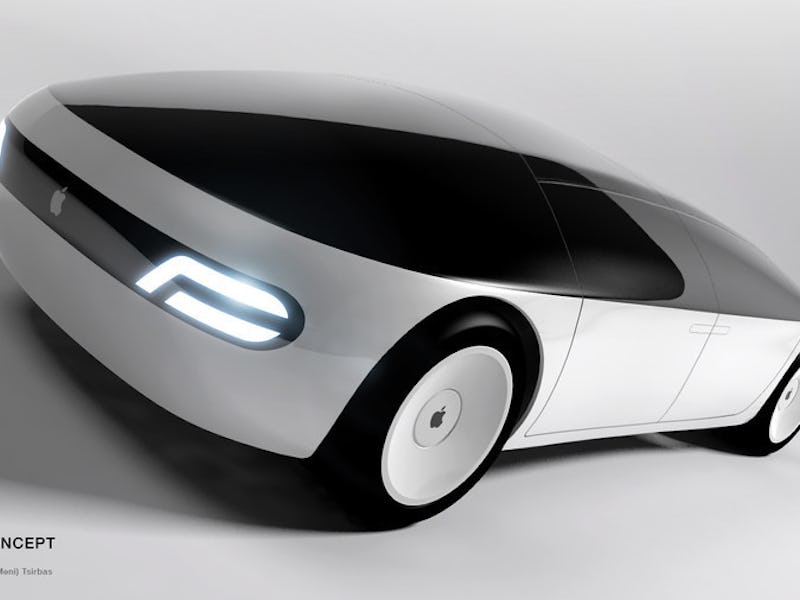Prior to its cancellation, the Apple Car had some incredibly bold ideas behind it. A new report published Tuesday reveals the iPhone maker planned something special for its foray into an automobile market — a venture that, due to a combination of shifting priorities, unclear goals and unrealistic targets, ended with Apple scaling back drastically.
The project lives on, and CEO Tim Cook confirmed in June that the company is working on autonomous systems. But sources speaking to the New York Times claim that instead of working on a fully-fledged car, Apple is following a path similar to Waymo and producing the technology to enable autonomous driving for third party vehicles. The company currently plans to use this technology to create a shuttle service that will move employees between Palo Alto and the Infinite Loop campus.
That doesn’t mean Apple didn’t have any ideas for the full Apple Car though, and there’s always a possibility that Apple may change its mind and revisit the project at a later date. Here are the five features considered for the car, sources tell the Times:
Spherical wheels
Apple considered reinventing the wheel, so to speak. Switching out the traditional cyclindrical wheels for giant globes would have helped the car move in all sorts of directions, instead of being constrained by backwards and forwards acceleration. It’s an idea tire maker Goodyear has also explored, unveiling the Eagle-360 concept tire early last year:
A new Lidar design
Lidar, short for light detection and ranging, is useful for autonomous vehicles to understand how far away surrounding objects are positioned. But current designs like the ones used by Waymo involve a weird hump protruding out of the top of the vehicle:
A Waymo-powered Chrysler Pacifica Hybrid.
Apple was reportedly seeking to design something a bit sleeker, but as lidar requires spinning around and firing lasers in all different directions, it’s unclear whether it would have been successful.
Silent doors
The car might have used motorized doors to open and close silently. Automakers like Tesla have worked to make changes to the original door system, for example by hiding the door handle until the driver wants to enter the car, but a fully silent door could have added the Apple attention to detail that made the company’s own effort stand out from the crowd.
No steering wheel
As an autonomous vehicle, the car might have been built without a steering wheel or gas pedals. This is something autonomous car concepts have explored in previous designs, but it depends on a high enough level of autonomy to fully trust the car’s driving abilities. A recent patent from Ford that showed a detachable steering wheel and set of pedals could bridge the gap until software catches up.
Virtual reality
Possibly the coolest. Apple’s team was working on an operating system called “carOS,” following the naming convention of its other operating systems. The car would use either virtual reality or augmented reality to project onto the interior displays. In theory, this could have been used for a number of features, like in-car entertainment that fills the windshield, or information about passing points of interest.
Unfortunately, like many other aspects, carOS faced issues. The team could not decide whether to code in Swift, Apple’s modern programming language, or C++, a more familiar and traditional programming language. With Apple’s plans to continue work on an autonomous system, though, this could be one aspect of Apple’s original car plans that ultimately sees the light of day in some form.
